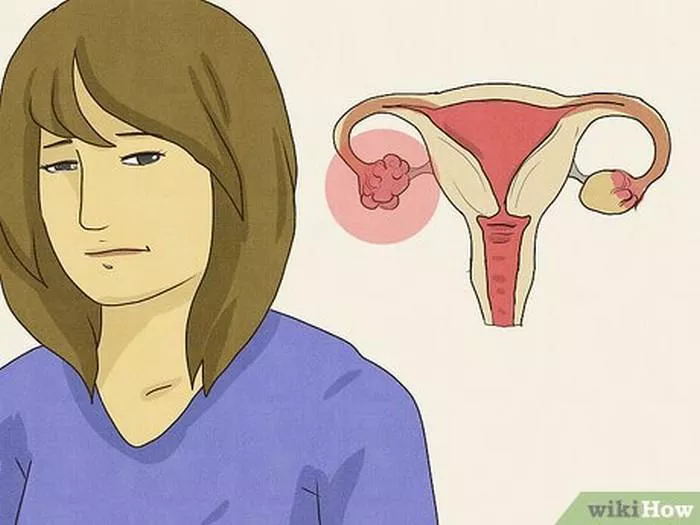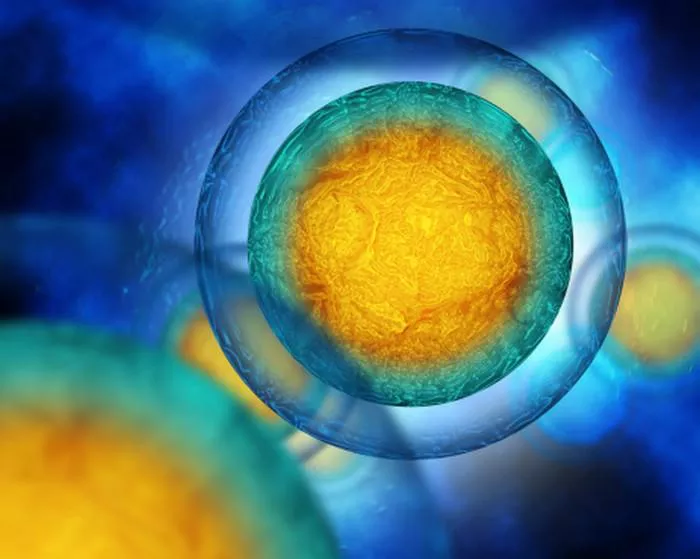For couples dreaming of starting a family, understanding the most fertile time to get pregnant is crucial. This elusive window of opportunity holds the key to successful conception and embarking on the journey of parenthood. In this article, we’ll unravel the mysteries surrounding fertility and explore the question: When is the most fertile time to get pregnant? Join us as we delve into the intricacies of the menstrual cycle, ovulation, and the golden window of fertility.
Demystifying Ovulation: The Heart of Fertility
At the core of understanding fertility lies ovulation, the pivotal event in the menstrual cycle where a mature egg is released from the ovary. Ovulation marks the prime opportunity for conception, as the egg is viable for fertilization for a limited time. Typically occurring around the middle of the menstrual cycle, ovulation is influenced by various hormonal fluctuations and physiological changes.
The Fertile Window: Timing Is Everything
The fertile window, encompassing the days surrounding ovulation, is the optimal time for couples to conceive. This window typically spans a few days before and after ovulation, providing a narrow yet crucial opportunity for successful fertilization. Identifying and capitalizing on this fertile window is paramount for maximizing the chances of conception.
Tools for Tracking Ovulation
Fortunately, several methods can aid couples in pinpointing ovulation and determining the most fertile time to get pregnant:
Tracking Menstrual Cycles:
Keeping track of menstrual cycles and identifying patterns can offer valuable insights into the timing of ovulation. Many women have regular cycles, making it easier to predict when ovulation is likely to occur.
Ovulation Predictor Kits (OPKs):
OPKs detect the surge in luteinizing hormone (LH) that precedes ovulation, helping couples identify the fertile window with precision. These kits are readily available over the counter at pharmacies and can be a convenient tool for tracking ovulation.
Basal Body Temperature (BBT) Charting:
BBT charting involves monitoring subtle changes in basal body temperature, which typically rise following ovulation. Tracking these temperature shifts can help confirm ovulation and pinpoint the fertile window.
Cervical Mucus Changes:
The consistency and appearance of cervical mucus change throughout the menstrual cycle, becoming clear, slippery, and stretchy around ovulation. Monitoring these changes can provide additional clues about the timing of ovulation.
Maximizing Conception Potential
Once the fertile window is identified, timing intercourse strategically during this period is crucial for maximizing the chances of conception. Couples are advised to engage in regular intercourse leading up to and during ovulation to increase the likelihood of sperm encountering the egg. Remember, sperm can survive in the female reproductive tract for several days, so frequent intercourse in the days leading up to ovulation can enhance the chances of fertilization.
Factors Affecting Fertility Timing
While understanding the most fertile time to get pregnant is essential, it’s important to recognize that fertility timing can be influenced by various factors, including age, health, lifestyle habits, and underlying medical conditions. Women’s fertility declines with age, particularly after the age of 35, making timely conception increasingly challenging as they grow older.
Conclusion:
In conclusion, the most fertile time to get pregnant revolves around the elusive window of ovulation – a brief yet crucial period within the menstrual cycle. By understanding the intricacies of ovulation, identifying the fertile window, and leveraging tools for tracking fertility, couples can enhance their chances of conception and embark on the joyous journey of parenthood. Remember, while timing is important, patience, perseverance, and a sprinkle of optimism are essential ingredients in the recipe for successful conception.
























